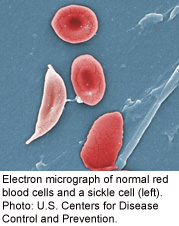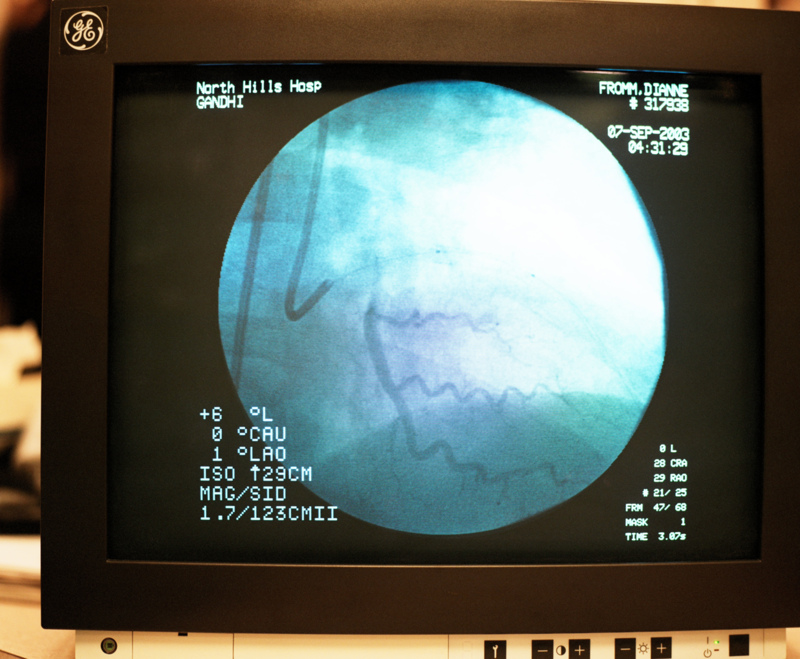
FRIDAY Dec. 28 (HealthDay News) — Both sickle cell disease and the condition known as sickle cell trait are genetic blood diseases: You’re born with one or the other because of the genes inherited from your parents. Beyond that, the two conditions vary considerably.
Sickle cell disease gets its name from the shape of the red blood cells in someone who has it. They’re crescent-shaped, similar to a farm tool called a sickle. These abnormally shaped red blood cells become hard and sticky and can clog the blood vessels, creating pain, according to the U.S. Centers for Disease Control and Prevention.
People with sickle cell disease are also prone to infections, anemia and enlarged spleens, said Dr. Radhika Peddinti, a pediatric hematologist at La Rabida Children’s Hospital in Chicago. However, the prognosis for people with sickle cell disease has improved dramatically. “It used to be that the life expectancy for someone with sickle cell disease was 20 or 25 years,” she said. “Now people are living with sickle cell disease, not dying from it. We’re getting at the complications early and managing sickle cell disease.”
To get sickle cell disease, you have to inherit a sickle cell gene from each parent. Those who inherit a sickle cell gene from one parent have the sickle cell trait. About 2 million people in the United States have sickle cell trait, according to the CDC.
Most people with the trait have no signs or symptoms of sickle cell disease. Such extreme conditions as high altitude or high heat, however, can create an exception for someone with the sickle cell trait who exercises intensively. In those conditions, their red blood cells can change to a sickle shape and can block the normal flow of blood to tissues and muscles. Though rare, this could lead to an athlete collapsing and possibly dying, according to the National Collegiate Athletic Association.
“In the U.S., a lot of the sickle cell trait we’re seeing is not just in the African American population, but also in the Southeast Asian population, the Mediterranean population and in people coming from Jamaica,” Peddinti said. “This is a worldwide disease.”
Today, newborns are routinely screened for sickle cell disease and sickle cell trait. Peddinti said that parents are always told if a child has either and that the information should be passed on to the child at some point. The knowledge becomes especially important when people are going to have children of their own because if two parents with the sickle cell trait have a child, there’s a 50 percent chance that their offspring will have sickle cell disease.
A simple blood test can determine sickle cell trait status for anyone who doesn’t know it, and the test is available at most hospitals, according to the CDC. Usually, a genetic counselor explains the results, including what the implications for your family might be.
More information
For a look at the debate over sickle cell trait screening, click here.

